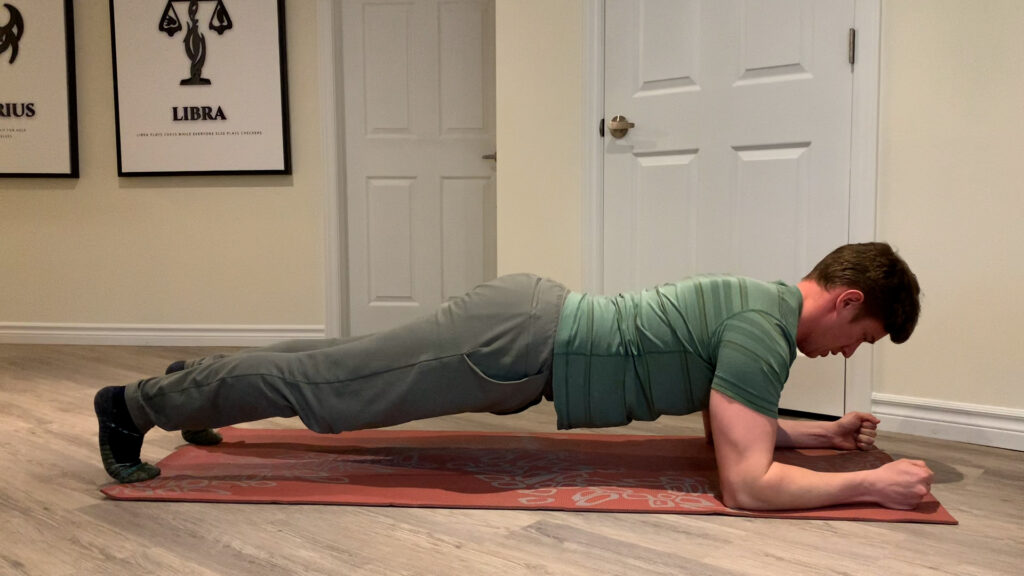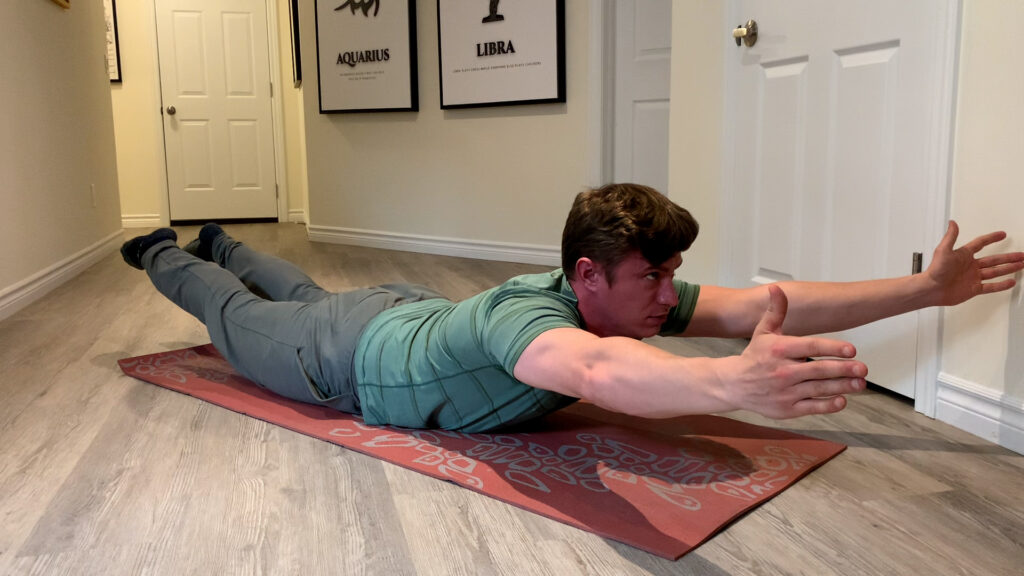If you’re looking to experience the longest and most grueling 60 seconds of your life, planking is a sure fire way to do so. You will sweat, shake, and often collapse in relief when it’s over. This exercise is quite popular due to its versatility, numerous modifications, and relative effectiveness at engaging many of your core muscles.
That being said, it’s not safe from criticism. If you’re looking to build core strength, planking alone will only get you so far. Not to mention that there are many who don’t plank correctly; which can lead to regression instead of progression.
This article explains why planking is somewhat overrated and demonstrates 3 substitute exercises that are more geared towards functional, sustainable core strengthening from a scientific perspective.
Why Are You Planking?
Let me ask you a very important question. Why are you planking in the first place?
You would probably respond with the goal of “improving core strength”. Fair. But why exactly are you strengthening your core?
Is it to reduce back pain? Are you trying to build your six pack? Are you limited by the amount you can deadlift or having trouble perfecting callisthenic movements like the handstand? Or maybe you have absolutely no idea and are just trying to fit in with the crowd.
Whatever your reason, planking will likely help more than harm.
But what if I told you that this one size fits all approach is not as effective as you might think…
Planks Are Overrated
Lets look at reducing lower back pain a justification for planking. The number one cause of low back pain is excessive passive posterior pelvic tilt. This usually comes in the form of too much sitting and extended periods of time in awkward postures. To correct this, you need to promote and practice active anterior pelvic tilt.

Planking doesn’t do this. In fact if you try to anteriorly pelvic tilt while planking, you will likely induce more back soreness!
How about aesthetics? To make your abdominals show, in addition to lowering body fat percentage, you will need to increase muscle hypertrophy of the Rectus Abdominus and External Oblique muscles. This means performing several sets of 6-12 moderate to heavy concentric repetitions of an exercise.
The plank is an isometric hold, which isn’t going to help pack on the beef you want.
If you’re trying to improve functional lifts or calisthenics, I’ve also got some underwhelming news to share. Most of the time during the deadlift, squat and even bench press, you want to anteriorly tilt the pelvis.
As I mentioned earlier, a proper plank emphasizes posterior pelvic tilt. The only major compound lifts that emphasize posterior pelvic tilt is just before triple extension of the clean or snatch. And although posterior pelvic tilt is important for callisthenic holds like the handstands and pullups, these are most often done with the arms extended overhead. NOT like the traditional plank.
I hope you’re starting to see my point. Planks aren’t bad, but they aren’t great. Especially if you’re trying to accomplish any of the goals discussed above.
Here are 3 exercises which are going to do much more to help improve your core strength than any plank every will.
1) Arch Body Hold
This exercise also known as the “Superman hold” will help promote anterior pelvic tilt safely via engagement of the Erector Spinae muscles.

- Lie face down on your stomach
- Stretch your legs together with pointed toes as far as you can
- Extend your arms overhead and arch your body as much as possible by lifting both upper and lower segments as high as possible
- Squeeze your glutes and middle back and try to keep your feet together if possible
Aim for 20 second holds at a time.
2) Hollow Body Hold
This exercise will feel like a plank but allows for more modification and better targeting of your spine flexors.

- Lie down on your back and straighten your legs
- Keep your toes pointed as far away from your body as possible
- Reach your arms overhead and extend your elbows
- Keeping your gaze towards the ceiling, push your low back into the ground and lift your legs and arms
- Keep your shoulders off the ground and tuck your ribs in
If you feel your low back coming off the floor you can bring your knees in or arms down. Aim for no more than 30 seconds of work at a time.
3) Weighted Sit-Up
If you’re trying to add beef to your six pack, you need to start doing challenging concentric reps.


- Lie on your back with your knees bent and pointing straight up in the air
- Take a weighted plate and lift it straight up in the air with your arms locked
- As you sit-up, rotate the weight so it goes directly over your head
- Lower yourself back down so your back touches the ground
Stick to a rep scheme of 8-15 repetitions and modify the weight as needed. Adding this move in addition to lowering your ice cream intake should help pack on the muscle needed for more pronounced abdominal wall.
Work With A Pro:
At Stephen Fitness & Rehabilitation, we provide premium one on one personal training and exercise therapy in the comfort of home.
We prescribe and supervise exercise routines that are specifically designed for individuals in London & Oakville, Ontario who are looking to improve their core strength.
Contact us to learn more about how we can help you or your loved one(s) become stronger, more mobile and independent in the comfort of home!
